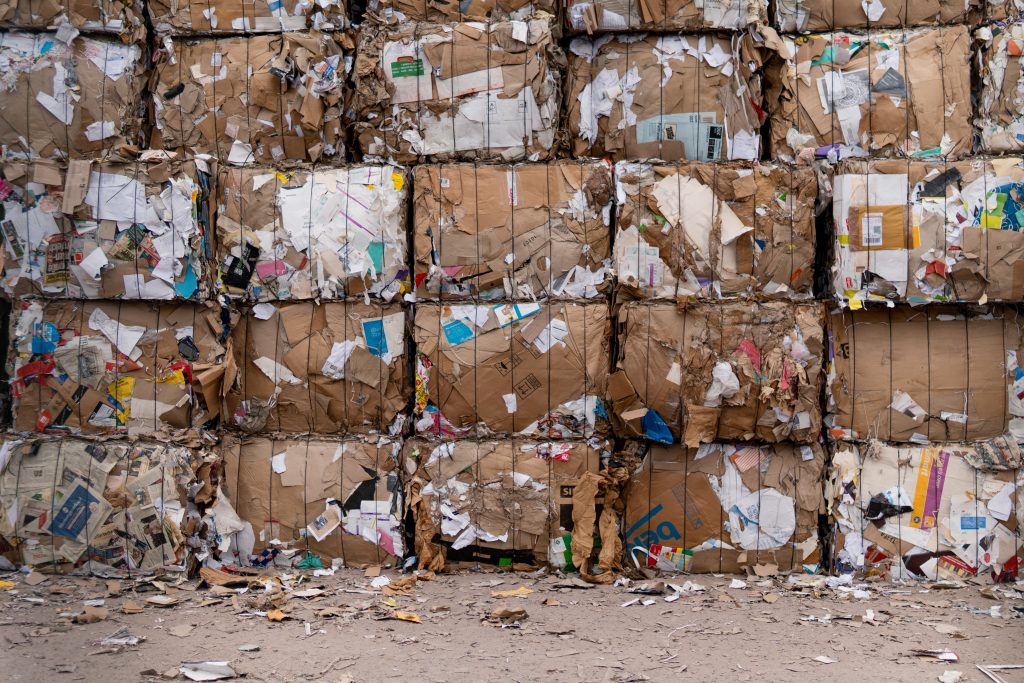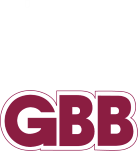By Theresa Evans, GBB Senior Consultant
Despite a downturn in the recycling markets in 2018-2019, and the challenges that curbside residential recycling programs have faced as a result, the prices and demand for recyclables from municipal curbside recycling have rebounded and are now experiencing record highs in the United States and Canada!
According to a recent report prepared by the Solid Waste Association of North America (SWANA), the average, or “blended” value of a ton of recyclables recovered at material recovery facilities (MRFs), in New England increased by 160% to $134.26 over the previous two years (April/June 2019 – April/June 2021). Further, Waste Management recently announced that the “single stream recycling blended rate” was more than $130 per ton as of September 2021, which is a significant increase from the $30 per ton it was in early 2020!
Rise in Recycling Prices
As exciting as it is to bounce back, it’s also important to understand why the recycling prices have gone up as much as they have. New capacity projects have been completed in paper mills across North America over the last three years, increasing domestic capability to receive and process paperboard and cardboard materials. Simultaneously, the Covid-19 pandemic changed the public’s behavior. When schools and businesses were closed, consumers increased their online purchasing, resulting in a general increase in the amount of residential generation of cardboard. Recovered fiber exports increased significantly during the first six months of FY2021, meaning there was a shift in the business model and recovered fiber is now collected and pulped in the US and then sent overseas. Also, major consumer brands have recently established recycled content goals to increase plastic packaging recycling. For example, according to the “Bring Every Bottle Back” initiative, Recycling Partnership with Coca Cola, Pepsi and Keurig, an additional 80 million pounds of PET (Polyethylene Terephthalate #1 plastic), will be captured annually.
Making a Comeback
Recycling is an essential public service, but it is not free. There have always been price fluctuations associated with secondary materials markets. To accommodate recyclable commodity values that are always in flux, municipalities should consider building processing fees into their economic planning models. By including and accounting for the processing costs up front, municipal recycling programs will become more sustainable and therefore be easier to garner support from local governments, Boards of Directors, taxpayers, etc. to continue them. The current market demand and pricing is welcome news for municipalities across the country and serves as proof that local municipal recycling programs are not only a vital public health and safety service, but that they also play an integral role in supplying materials to manufacturers to produce new goods.
There’s a reason we love comeback stories. We see ourselves in them, our resolve, our grit, our hope. The improvement to the recycling markets in 2021 illustrates an inspirational tale of recovery, and a belief that brighter days are ahead – a perfect message for all of us to take into the holidays and the new year.






